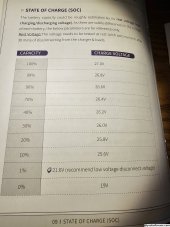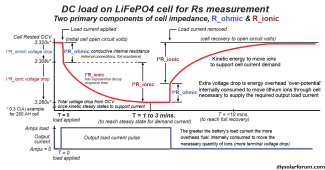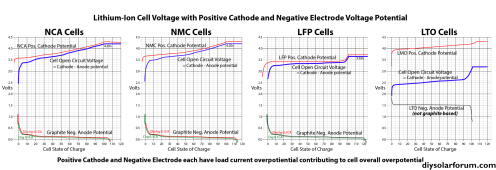edweather
New Member
I'm using a Time USB 25.6V 200Ah battery. My AIO inverter is Mpp PIP 2424LV-MSD. Have been charging the battery with one 375W panel during basically cloudy conditions for the past 2 days. The charge controller on the inverter blinks green when charging, and goes to solid green when charged. It's been blinking since yesterday, and is solid green now but the battery voltage is 26.2V. That seems low. The battery icon on the display shows 50% charged. Trying to find out what the at rest voltage should be fully charged. The battery manual shows a charge voltage of 27.0 at 100% capacity. Is that the same as the at rest voltage? My only thought is that the one panel on a cloudy can't charge it properly, but just a guess.
Attachments
Last edited:







